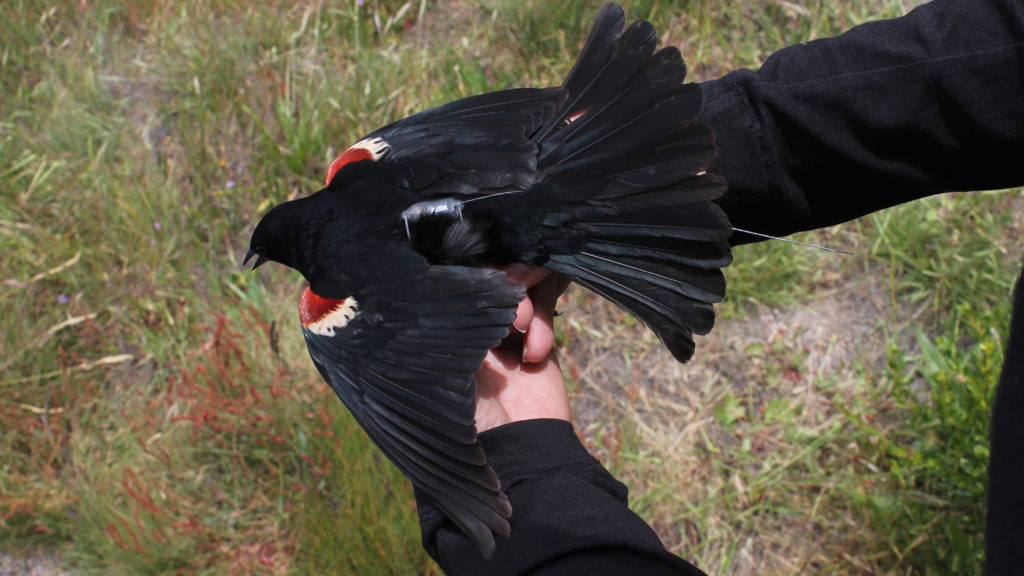
Rare and Protected Species
The Preserve hosts an incredible diversity of plants and animals. Located at the intersection of the coastal and inland climate and with a variety of elevations and habitats, over 700 plant species, 172 bird species, 42 mammal species, 28 amphibians and reptiles and over 60 butterfly species live part or all of their life on The Preserve. Six species found on The Preserve receive federal protection, reflecting the tremendous diversity and ecological value of this place.
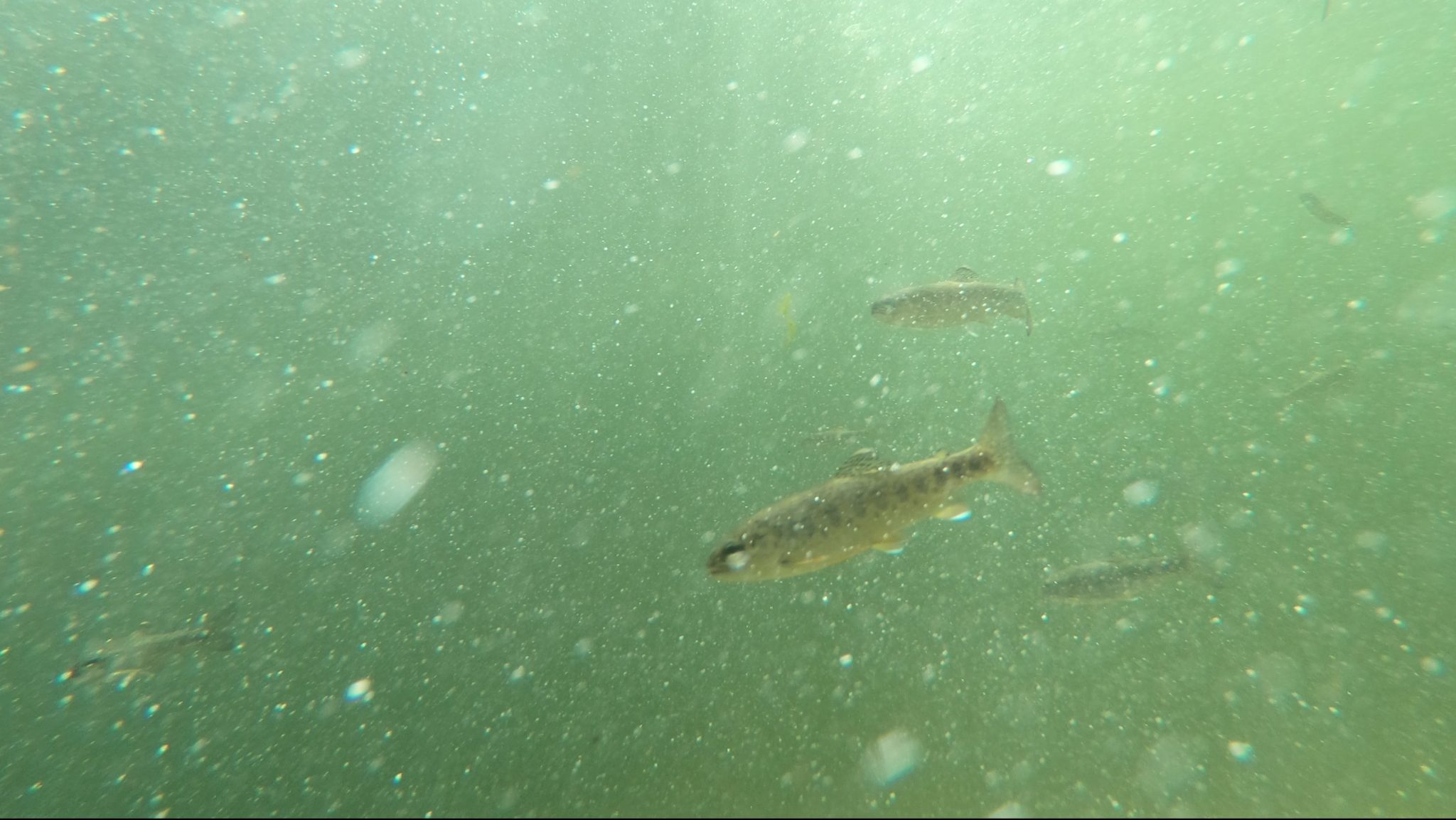
Steelhead trout
Five steelhead bearing creeks originate or the cross lands of The Preserve: San Jose Creek, Potrero Creek, Robinson Canyon Creek, Garzas Creek and San Clemente Creek. The Conservancy has been monitoring creek flows for 10 years to ensure that Preserve related water infrastructure is not impacting stream-flows. We also work closely with neighboring property owners and natural resource agencies to address fish barriers and erosion issues that could threaten the health of our creeks and fish populations.
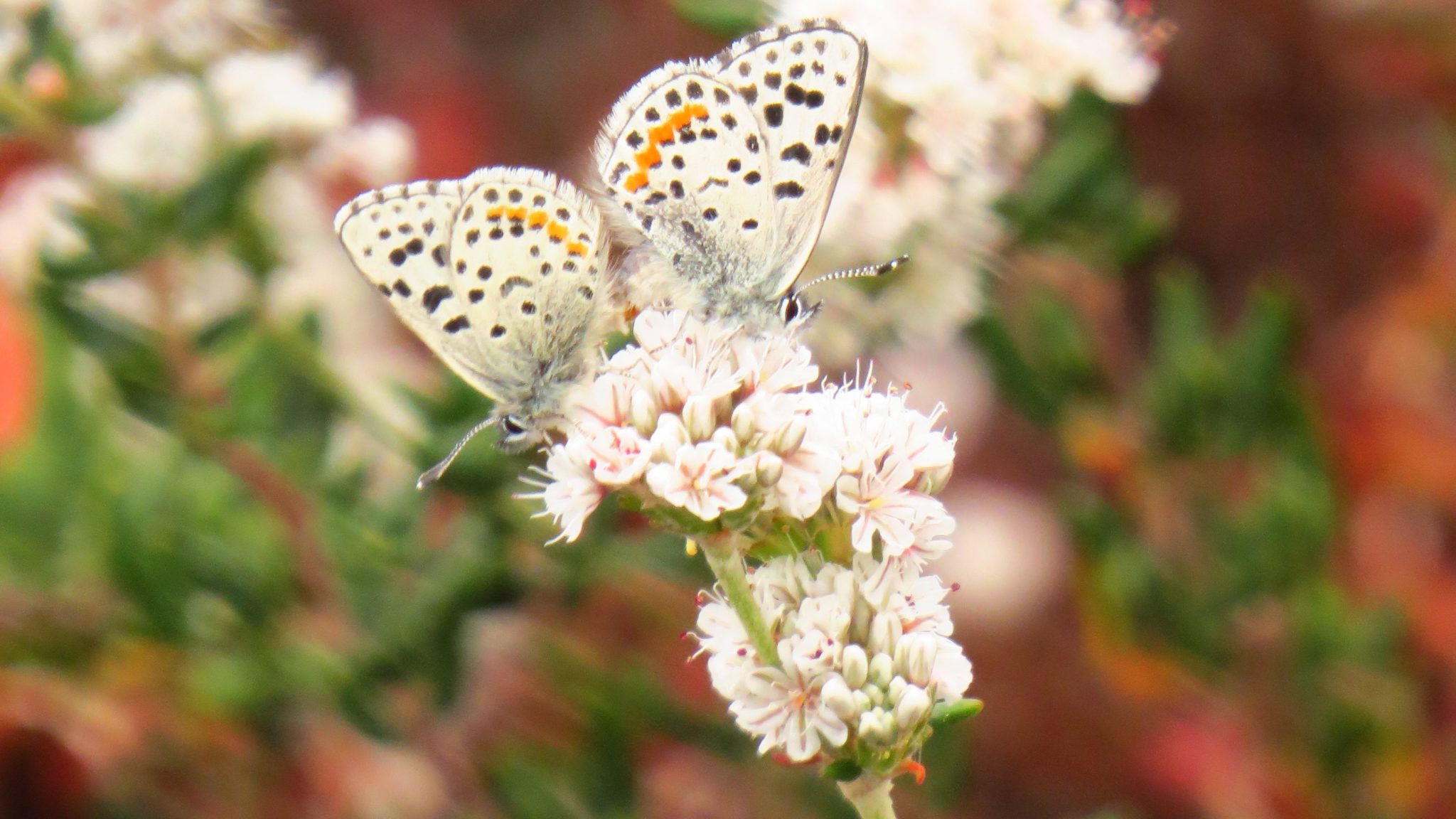
Smith’s blue butterfly
Smith’s blue butterflies have an extremely limited range in the Monterey Bay and The Preserve is one of the few locations where this delicate butterfly is found. Dependent on two species of buckwheat (coast buckwheat and seacliff buckwheat). The Preserve has coast buckwheat scattered through the northern half of the property, and four other species of buckwheat across the property which support many native pollinators. The Conservancy is currently developing a habitat suitability model to predict and map all buckwheat stands on The Preserve for improved protection and management.
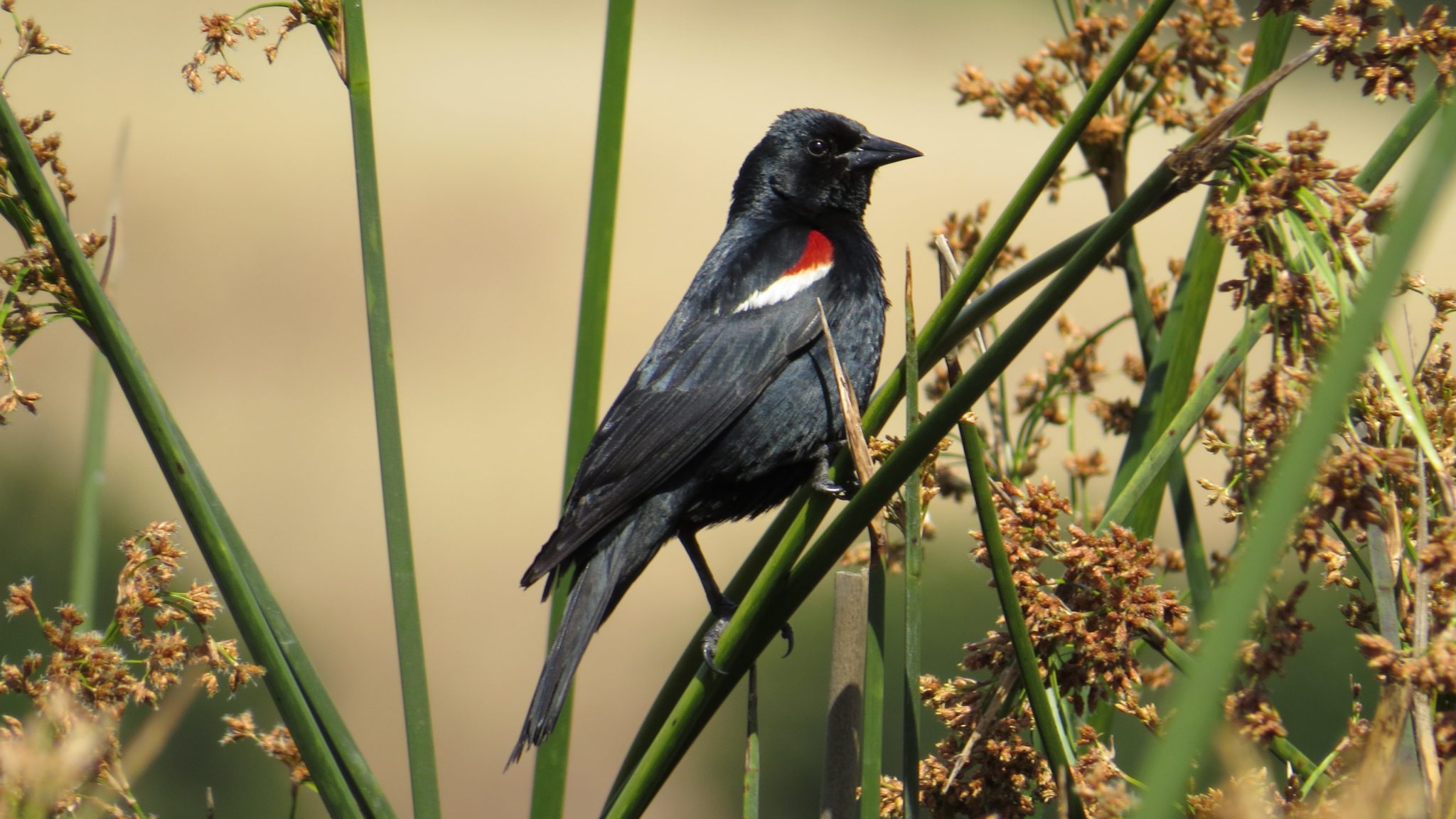
Tricolored blackbird
Tricolored blackbirds arrive in March each year to establish a nesting colony and rear their young. These birds are particular about the condition of the nesting substrate (cattails and tules) and the abundance of grassland insects. The Preserve’s stock ponds provide nesting habitat and its 5,500 acres of grasslands and savannas provide foraging habitat. The Conservancy has been conducting annual banding of tricolors in an effort to understand population trends, nesting dynamics and habitat selection. This research is in collaboration with UC Davis, Cornell Lab of Ornithology and UCLA.
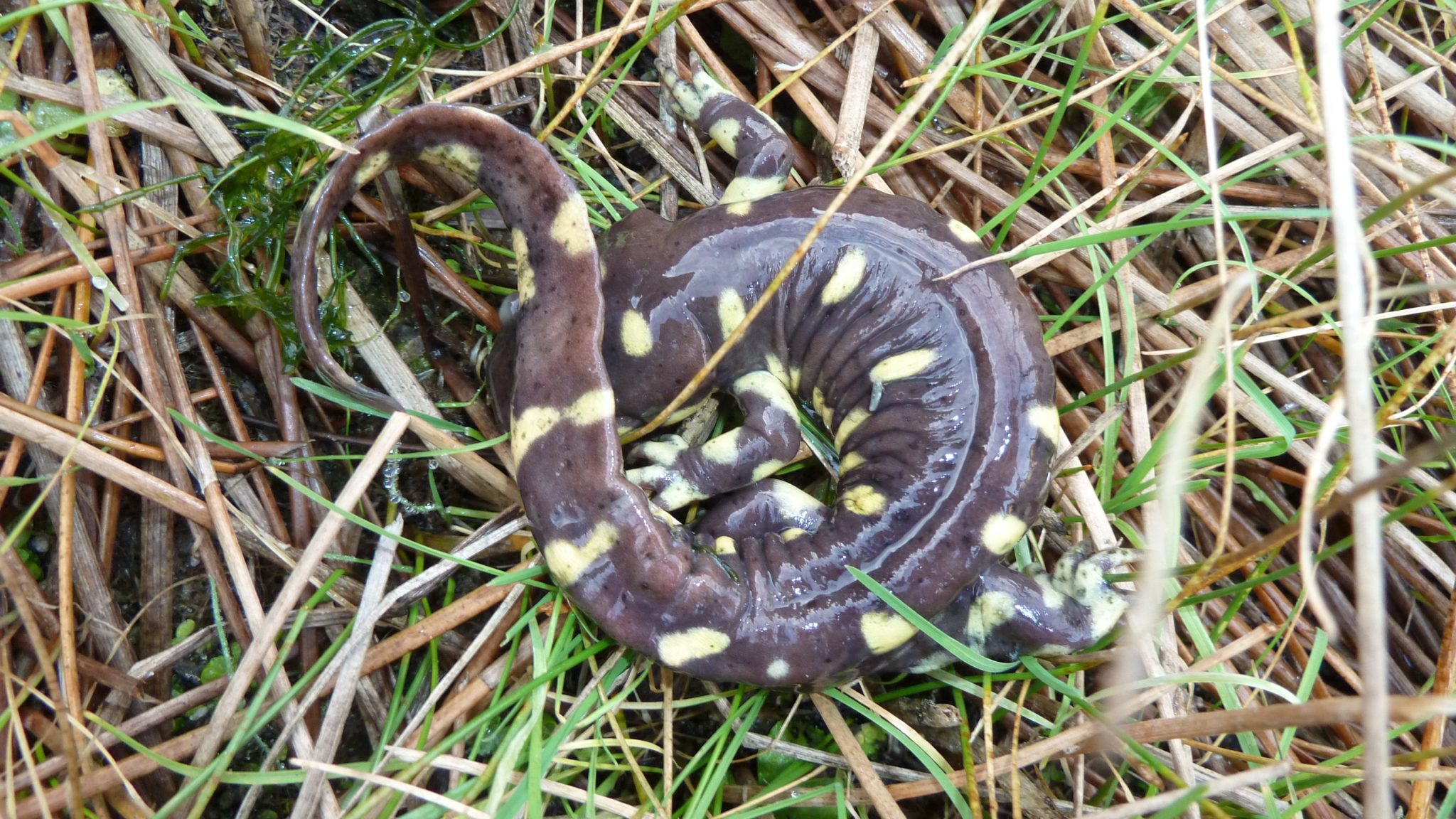
California tiger salamander
The Santa Lucia Preserve’ 35 stock ponds provide critical habitat to California tiger salamanders, California red-legged frogs, Pacific chorus frogs and California newts. Each year the Conservancy conducts annual aquatic surveys for California’s tiger salamanders and red-legged frogs using approved net-based detection methods. In addition to net surveys the Conservancy is also collaborating with the Goldberg Lab at Washington State University to develop an environmental DNA detection assay allowing for improved detection accuracy.
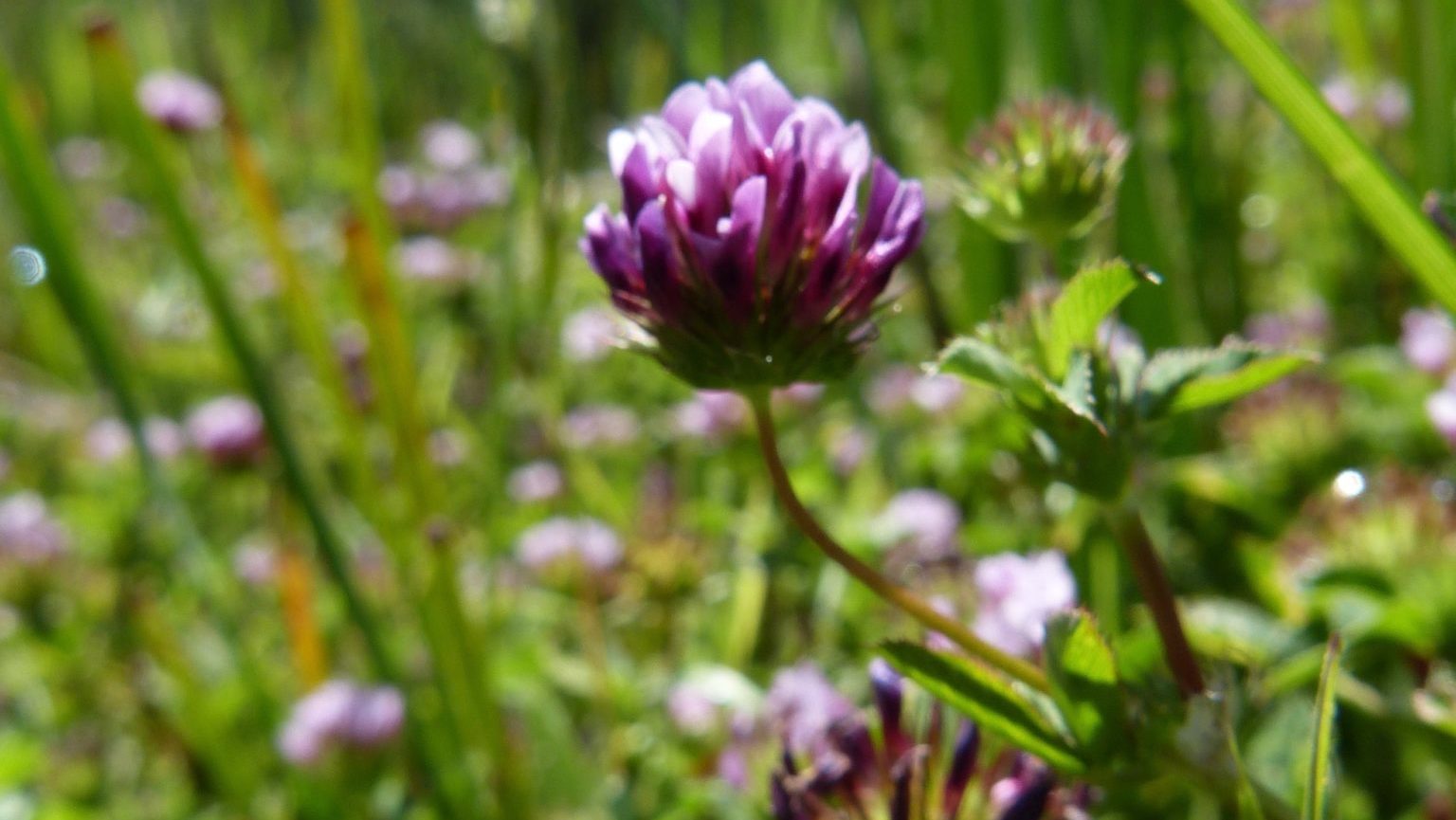
Pacific Grove clover
The Santa Lucia Preserve is home to one of two known populations of the Pacific Grove clover. Previously only ever found in the Pacific Grove area, a population was discovered on The Preserve in 2013 and since has increased its range across Preserve lands.
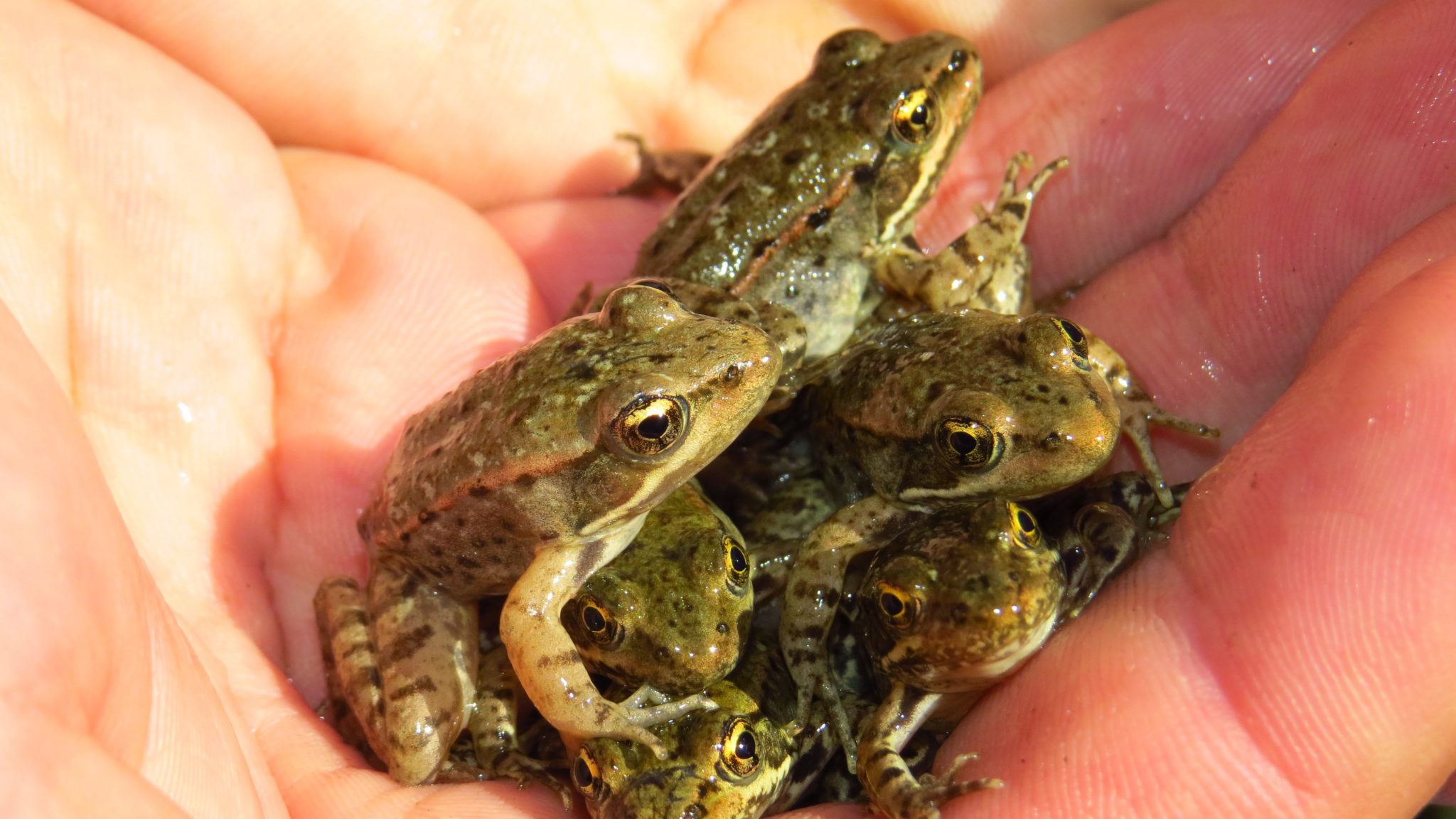
California red-legged frog
An important part of our conservation activities is restoring and maintaining healthy aquatic and upland habitats. Studies show that thoughtful application of grazing practices support healthy California tiger salamanders and California red-legged frog populations. Through our Conservation Grazing Program we are seeing increases in our California tiger salamander populations as well as other grassland dependent species such as burrowing owls.